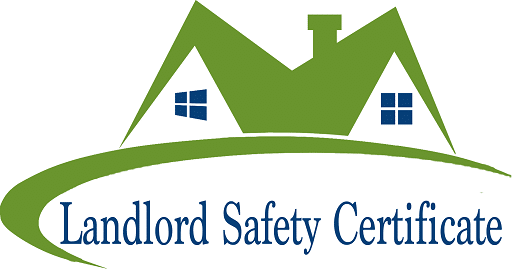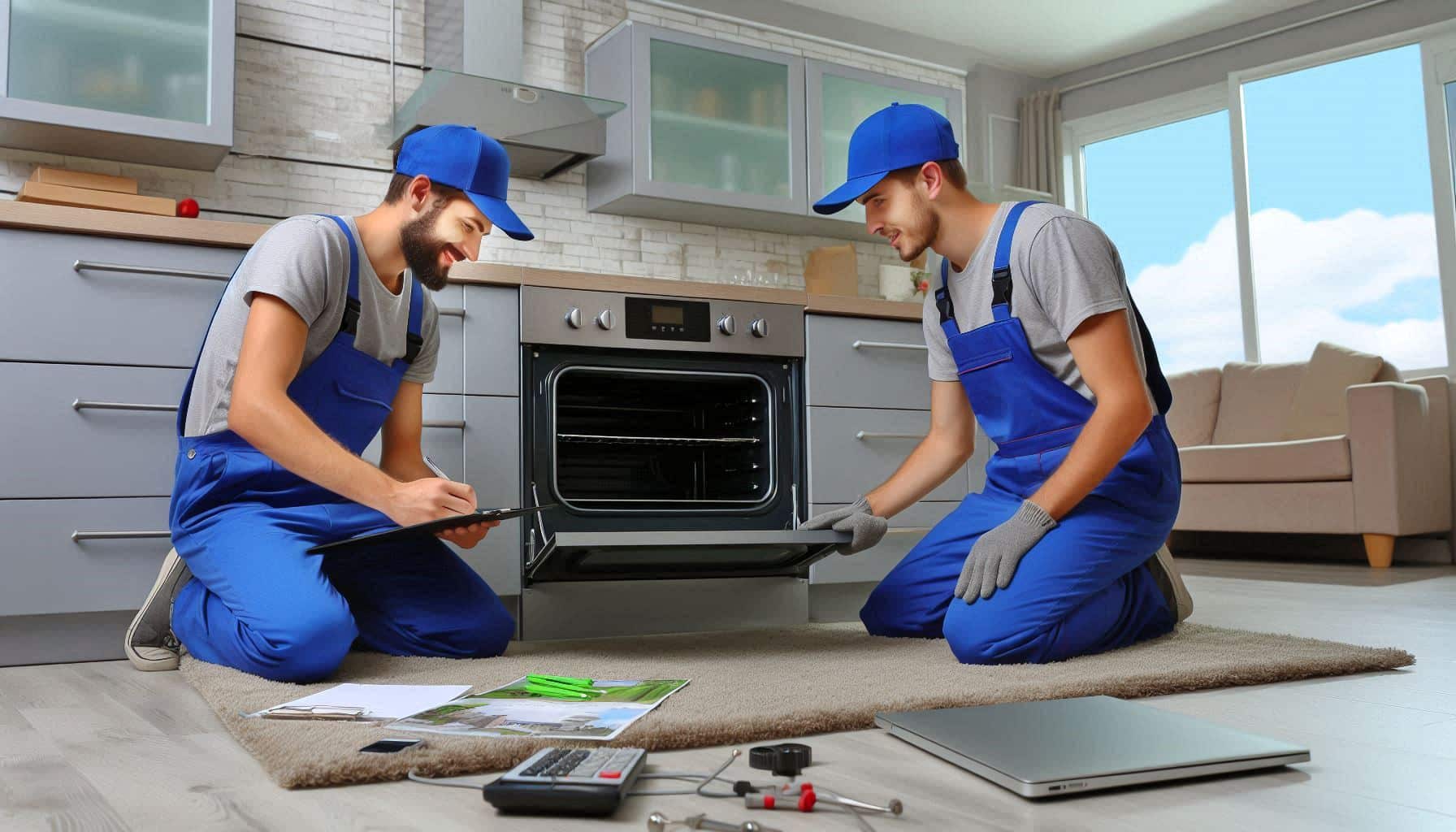
In London’s fast-paced rental market, keeping properties safe and compliant is a top priority for every responsible landlord. Among various safety responsibilities, one of the most important yet often overlooked is ensuring proper cooker installation. Whether you manage a single apartment or a portfolio of flats, following the right procedures guarantees safety, compliance, and peace of mind.
This guide will help you understand everything about flat cooker fitting, from safety standards to maintenance routines. You’ll also learn how to follow essential landlord installation rules so that your tenants enjoy safe and reliable kitchen facilities.
Flats in London are often compact and share utilities or ventilation systems. These unique layouts make gas and electrical safety even more important. A poorly installed cooker can lead to gas leaks, electrical hazards, or carbon monoxide exposure — all of which can be life-threatening.
By following proper flat cooker fitting standards, landlords can reduce the risk of accidents and avoid potential legal or insurance problems. Additionally, adhering to landlord installation rules demonstrates professionalism and care, both of which increase tenant trust and property value.
Every landlord in the UK must comply with strict safety regulations. In London, these rules are enforced under the Gas Safety (Installation and Use) Regulations 1998 and Electrical Equipment (Safety) Regulations 2016.
For gas cookers, only Gas Safe registered engineers are allowed to install, repair, or inspect appliances. Electrical cookers, meanwhile, must be fitted by a qualified electrician familiar with UK wiring standards.
Knowing these landlord installation rules helps you stay compliant and avoid penalties. When it comes to flat cooker fitting, legal compliance isn’t optional — it’s mandatory for ensuring tenant safety and avoiding fines or voided insurance policies.
When installing a cooker, never attempt a DIY approach or hire an unqualified worker. The installation must be completed by a Gas Safe engineer for gas cookers or a Part P certified electrician for electric models.
Certified engineers not only ensure the installation is safe but also check ventilation, pressure, and connections. They issue the relevant certificates upon completion, confirming that the installation meets all landlord installation rules.
Hiring professionals guarantees that your flat cooker fitting meets current safety codes, protecting you from future complications and maintaining your reputation as a responsible landlord.
Proper ventilation is essential for any cooking space, especially in smaller London flats where air circulation may be limited. Poor airflow can lead to dangerous gas build-up or high humidity that damages surrounding fixtures.
As part of the flat cooker fitting process, ensure the kitchen has an extractor fan, air vent, or window that can be opened easily. This helps disperse heat, smoke, and potential gas residue efficiently.
Following landlord installation rules means confirming that all ventilation outlets are unobstructed and regularly maintained. Tenants should also be informed about keeping vents open while cooking to maintain safe air quality.
Not every cooker suits every property type. For smaller spaces, landlords should consider compact or integrated cookers that fit securely within the kitchen layout. Large freestanding cookers can pose risks if they obstruct movement or ventilation.
Energy-efficient models are ideal for London’s high-utility-cost environment. They also align with sustainability goals, which modern tenants increasingly appreciate.
Selecting the correct appliance ensures smoother flat cooker fitting and reduces long-term maintenance costs. By following landlord installation rules, you can choose models with built-in safety features such as flame supervision devices or automatic shut-offs.
Loose fittings or improperly sealed joints are a major source of gas leaks. Before completing any flat cooker fitting, the engineer should pressure-test the gas line or check electrical connections to ensure there are no leaks or shorts.
After installation, a visual and functional inspection is vital. Every switch, wire, and hose should be tightly secured and easily accessible for future maintenance.
Testing connections is a critical part of landlord installation rules because it verifies that the cooker operates safely before tenants begin using it. Landlords should always request documentation of test results for their records.

Many tenants, particularly in London’s rental market, move frequently and may not be familiar with the exact type of cooker in your flat. To enhance safety, include a user guide and emergency instructions in your welcome pack.
Explain how to operate the cooker, what to do in case of a gas smell, and how to shut off the gas or electricity supply. A laminated safety card near the cooker is also helpful.
This simple step improves flat cooker fitting outcomes and fulfils one of the most important landlord installation rules — ensuring tenants know how to use equipment safely and responsibly.
Gas cookers require annual safety checks by a Gas Safe engineer. Electrical cookers should be tested periodically under a Portable Appliance Test (PAT) or EICR (Electrical Installation Condition Report).
These inspections confirm that your appliances continue to operate safely and efficiently. They also ensure compliance with landlord installation rules, which require regular assessments of all gas and electrical installations.
Keeping inspection records for each property in your flat cooker fitting logbook helps maintain organization and provides proof of compliance during audits or insurance claims.
Documentation is a vital yet often overlooked part of landlord management. Always keep copies of your cooker’s installation certificate, warranty, and inspection records.
When planning flat cooker fitting, file digital and printed versions of every document. This habit saves time during property inspections or when resolving tenant queries.
Following landlord installation rules means having accurate, accessible records that prove you’ve met all safety and maintenance obligations — a crucial factor for long-term compliance.
Encourage tenants to report unusual smells, noises, or signs of malfunction immediately. A small issue, such as a weak flame or loose wire, can become a serious hazard if ignored.
By training tenants to communicate problems early, landlords can fix them before they escalate. This cooperative approach promotes a culture of shared responsibility and improves flat cooker fitting maintenance.
Clear communication is also part of landlord installation rules, as it ensures landlords respond promptly to potential safety concerns.
Old cookers can become inefficient and unsafe over time. If your cooker shows signs of corrosion, flickering flames, or burnt wiring, it’s time for an upgrade.
Replacing faulty appliances aligns with landlord installation rules and prevents costly emergencies. New models also feature better safety technology, such as auto shut-off valves and digital error indicators.
Planning regular replacements as part of your flat cooker fitting strategy ensures tenants have reliable appliances while you maintain compliance and modern standards.
Even experienced landlords occasionally make mistakes during cooker installations. Some of the most common include:
Avoiding these errors is simple with a structured safety plan and adherence to landlord installation rules. A proactive approach keeps your flat cooker fitting projects smooth, safe, and fully compliant with London’s property standards.
Technology continues to improve how landlords manage property safety. Smart monitoring systems can now detect gas leaks, overheating, or malfunctioning appliances automatically. These devices can alert both landlords and tenants in real-time.
Integrating smart solutions into your flat cooker fitting process enhances protection while reducing manual oversight. Future landlord installation rules may even require such systems, so adopting them early demonstrates forward-thinking management.
Safety and compliance should always come first when managing landlord-owned flats in London. With rising tenant expectations and strict safety regulations, responsible landlords must ensure every cooker installation meets the highest standards.
By combining professional installations, routine inspections, tenant education, and proper documentation, you can confidently meet all landlord installation rules while maintaining strong flat cooker fitting practices.
Ultimately, prioritising safety not only protects tenants but also safeguards your reputation, property investment, and peace of mind in London’s competitive rental market.

